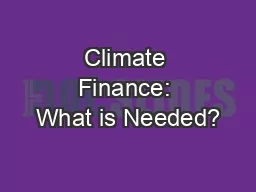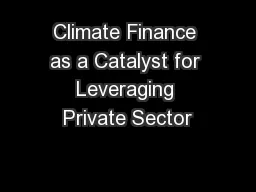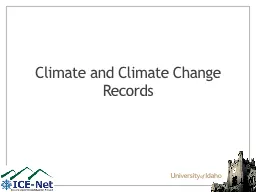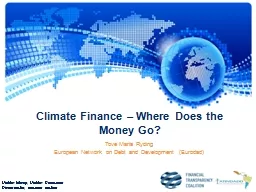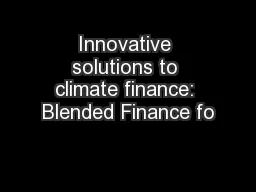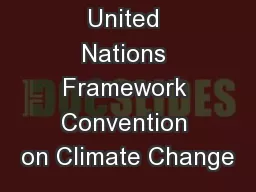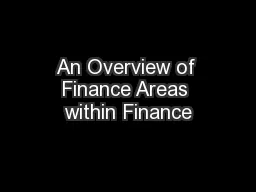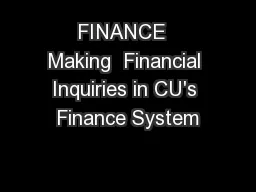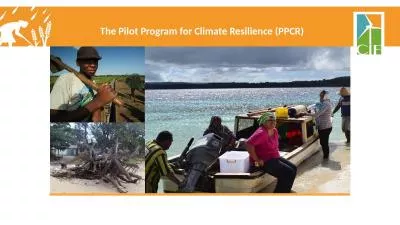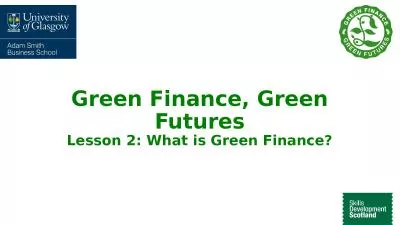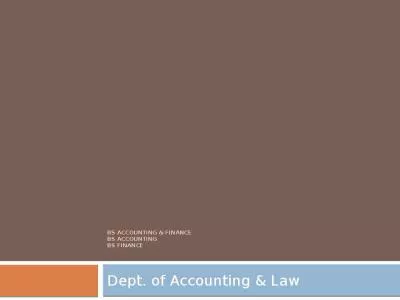PPT-Climate Finance: What is Needed?
Author : mitsue-stanley | Published Date : 2017-06-08
Prepared for Bridging Climate Change Policy Gap Conference Daniel Radov Director NERA Economic Consulting Stockholm 21 November 2016 Contents Targets and investment
Presentation Embed Code
Download Presentation
Download Presentation The PPT/PDF document "Climate Finance: What is Needed?" is the property of its rightful owner. Permission is granted to download and print the materials on this website for personal, non-commercial use only, and to display it on your personal computer provided you do not modify the materials and that you retain all copyright notices contained in the materials. By downloading content from our website, you accept the terms of this agreement.
Climate Finance: What is Needed?: Transcript
Download Rules Of Document
"Climate Finance: What is Needed?"The content belongs to its owner. You may download and print it for personal use, without modification, and keep all copyright notices. By downloading, you agree to these terms.
Related Documents

